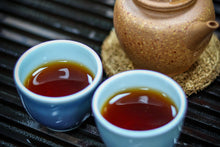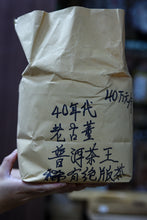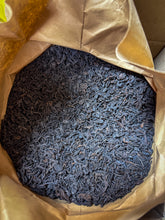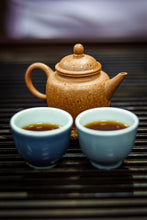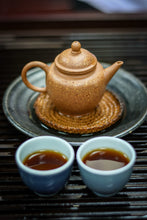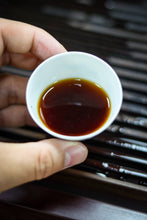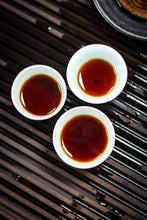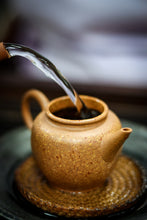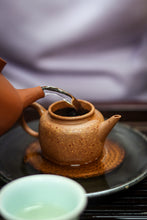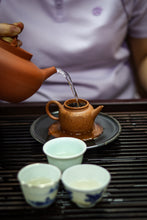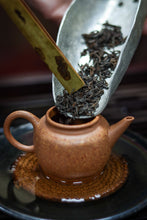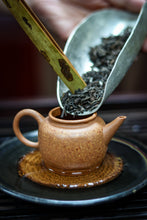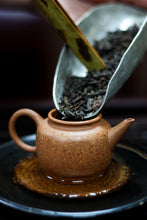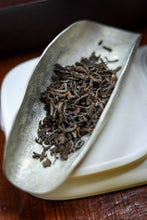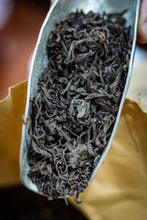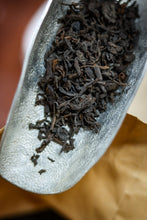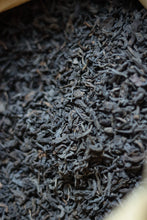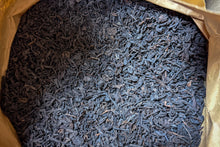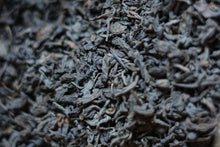
In spring, there are blooming flowers and gentle rains, and in summer, there are the chirping of cicadas and the scorching sun. As the four seasons cycle, every moment is a good time. Among these changing seasons, tea is like a silent sage, carrying thousands of years of civilization and whispering ancient and touching stories in the curling aroma of tea.
Chinese tea culture has a long history and profound depth. Looking back in time, tea was not initially used for drinking but for medicinal purposes. In ancient times, Shennong loved the people like his own children. In order to relieve the people from their ailments, he resolutely embarked on the journey of gathering herbs and personally tasted all kinds of plants. It is said that the magical effects of tea were discovered during this process of tasting, thus forging an indissoluble bond with Chinese civilization. With the development of the times, the modern study of tea has become more scientific, and its effects have gradually become clear. Tea not only continues the effects recognized by the ancients but has also been proven to have many other functions, such as preventing and treating scurvy, anti-cancer, as well as treating diabetes, gastroenteritis, icteric hepatitis, skin diseases, hypertension, arteriosclerosis, and many other ailments. It can even play a unique role in preventing and treating radiation damage, just like a "treasure of health" bestowed by nature.
Nowadays, the collection of Pu'er tea has become a very charming and popular element in Chinese tea culture. Just like antiques, it contains a rich tea charm and a profound historical background, which are worthy of careful collection and deep nostalgia. Pu'er tea is born from the essence of heaven, earth, tea trees, and wood. Each tea leaf stores the weight of time and precipitates in the long river of time, becoming more fragrant as it ages. As a kind of tea that "looks back in time", aged Pu'er tea is soaked in the charm of the years. In the display cabinets of museums and the treasured rooms of tea collectors, aged Pu'er teas such as Hao Ji (Tea Marked with Brand Names) and Yin Ji (Tea Marked with Seals) are quietly placed. After decades or even hundreds of years of transformation, they not only have not deteriorated but have become even more fragrant, truly deserving the title of "antique tea that can be drunk".
Today, I am fortunate to taste the treasured 1940 antique Pu'er raw tea collected by my friend in the Tongxin She Teahouse. In 1940, in the long history of Pu'er tea, it was a special period with scarce production, making the tea particularly precious. When the tea soup that has spanned more than eighty years is slowly poured into the teacup, the amber-colored tea soup is clear and clean, as if it has sealed the essence of time. Bringing it close and taking a whiff, a faint ginseng aroma wafts gently, followed by a rich medicinal aroma, as if telling the unique connotation given to it by the years.
Taking a small sip, the moment it enters the mouth, the tea soup is as smooth as silk, and the delicate and smooth taste spreads on the tip of the tongue. Immediately afterwards, a strong tea energy surges forward, with the unique aroma and rich soup feeling interweaving, bringing a rich taste impact. As the number of infusions increases, the tea aroma gradually sinks into the soup, and the soup feeling becomes even more mellow and full. Every sip contains the charm precipitated by the years. Its tea soup has excellent continuity. Even after several infusions, it still retains its full flavor, and the long-lasting aftertaste in the throat is truly unforgettable, as if integrating more than eighty years of time into this cup of tea.
In the Tongxin She Teahouse, the four seasons change outside the window, and the aroma of tea fills the room. Tasting this 1940 antique Pu'er tea is not only a feast for the taste buds but also a wonderful journey of conversing with history and embracing time. Amidst the curling tea smoke, we seem to have traveled through time and space, touched the pulse of that era, and felt the unique charm and vitality of Pu'er tea in the passage of time.




















